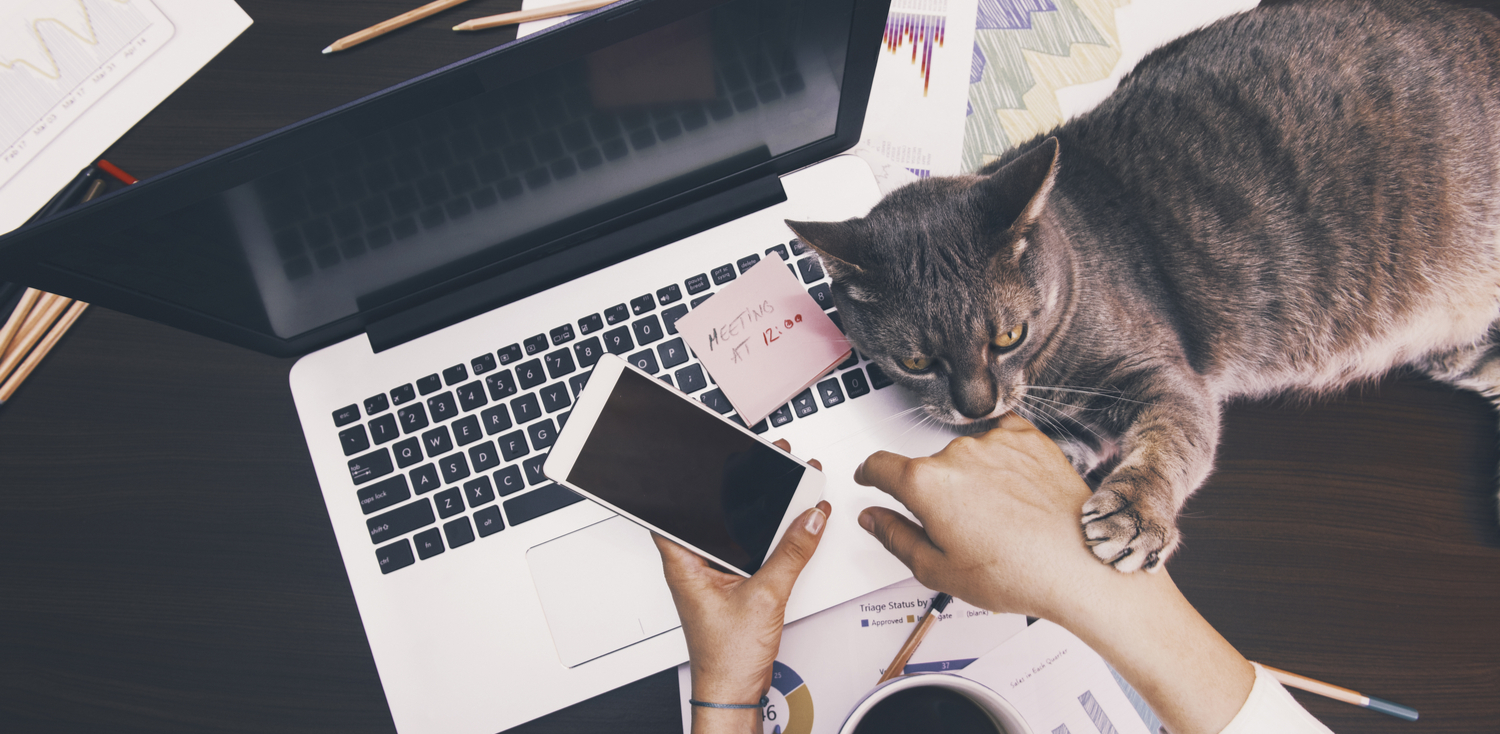Why toilet paper market disruptor ‘Who Gives a Crap’ is on a roll.
BY GLENN CULLEN
With a company name of Who Gives a Crap (WGAC), it would initially seem incongruous that the first lesson many of its staff will learn is one of perseverance. A self-proclaimed market disruptor of the toilet paper industry – which donates 50 per cent of its profits to improve sanitation in third world countries – the business only really got legs because one of its co-owners refused to get up off his seat.
Founded by Simon Griffiths, Danny Alexander and Jehan Ratnatunga in 2012, WGAC needed to raise $50,000 in pre-orders to start production of its toilet paper range. Griffiths (pictured) came up with the idea of sitting on a toilet in the warehouse and not getting up until they met the target, all the while filming an ad and livestreaming his, ahem, movements. There were scenes reminiscent of Danny Glover in Lethal Weapon and some numb buttocks but 50 hours later the mark was met and Who Gives a Crap got wings.
“The idea that you can sit on a toilet for more than two days and start a business through sheer belligerence says a lot about the company,” explains Phil King, head of production and sourcing.
Five years on and WGAC has moved millions of toilet rolls, donated about $500,000 to its charity partners and employs 28 people in an operation that’s expanded into the United States, Philippines and now England.
The gist of the operation is this: WAGC sources its forest-friendly toilet paper, tissues and paper towels and has them manufactured in China. They’re shipped to Australia and distributed to seven warehouses around the country, ordered almost entirely online and then sent direct to the consumer. Most employees work in the ‘customer happiness’ department, that is sorting out orders and ensuring people get their product.
“On the inside, we look and operate like many start-ups,” King says.
“We’re really de-centralised; there is no office and while we do have hubs like the Inspire 9 work space in Melbourne where a few of us gather, most of the team work remotely. We have customers, team members and warehouses across three different countries and that makes communication really important.”
To wit: this year marked the first time the full team actually all met in person.
Smart use of technology has thus become key to operations. WGAC uses platforms such as Slack (group messaging), Trello (project management) and Zendesk (customer service).
“We have some structured, standard meetings, but we are [the corporate structure] very flat and, typically, people take a lot of ownership for their piece and get their heads down. We’ve gotten really good at being succinct in our communication with each other. Our days aren’t bloated with internal meetings because they just don’t work.”
The hybrid model of splitting profits with donations is core to the operation, with Griffiths maintaining that if there wasn’t the prospect of financial return for some of WGAC’s early backers they may have struggled to get the level of interest they did. King also feels pure not-for profit ventures can get more political.
“In the NGO world there are multiple stakeholders in terms of your philanthropists and I suspect that takes more time, takes you away from what your core vision is,” he says.
For the staff it is also a vital plank — they can earn a wage, take shares in the company and contribute to an organisation that is making a difference.
“Employees want companies that give them a reason to get out of bed to feel that they are doing something positive,” King says.

“Everyone has a common bond around why they are here, yet it’s rarely spoken of. We all enjoy toilet humour, but really the given is that we all enjoy being part of something bigger than ourselves.”
While King maintains that mix can provide a best-of-both-worlds scenario, giving money away is not always as easy as it sounds and often comes with an extra level of scrutiny.
Griffiths discovered this first hand with the Shebeen Bar in Melbourne, an establishment he ran where profits from the exotic lagers and wines were slated to fund overseas aid projects.
But because it didn’t make cash profits for three years and was ultimately shut down, largely through complications arising from regulatory issues, there was no scope to fund anything. It resulted in some media barbs but Griffiths was unrepentant, saying he would do it all again.
WGAC appears to have no such woes with their key beneficiary, Water Aid, delighted with the amount of money that is now being raised for them.
“I think that there is extra responsibility in being a social enterprise, because so many consumers place their faith in us and will us to succeed on their behalf,” King offers. “But the positive energy around that is the best of that world, not the worst.”
The disruptors
Who Gives a Crap is in good company in shaking up its field, joining the likes of Uber, Airbnb and Deliveroo in changing the industry paradigm. Here’s a few other market disruptors you may not have heard of:
Quid: Big Data is everything these days and Quid is making waves in the information platform sphere with its Internet scouring tools to create trend maps that tell its customers what is getting media traction.
Shoes of Prey: An Australian company that allows you to design your own shoes at a sensible price while guaranteeing their fit. Carrie Bradshaw would be proud.
Space X: Rockets to Mars are not just a Hollywood fantasy for Space X, the aerospace disruptor that aims to get people to the red planet in the coming decades. Started by Elon Musk, founder of electric car company Tesla.
Temple & Webster: Taking on IKEA and department chains may sound foolhardy but Temple & Webster has found quite the niche with its subscription-based homeware offerings.
Social Intelligence: A human resources company that uses next-level social media scanning to determine whether there are any red flags attached to that would-be employee.
Did you know . . .
- 2.4 billion people across the world don’t have access to a toilet.
- More people have a mobile phone than a toilet.
- WGAC boasts that its production method has saved 47,968 trees and 101,170,933 litres of water, while 8060 tonnes of greenhouse gas emissions have been avoided.
- Almost 900 children under five die every day due to lack of adequate toilets and diseases associated with poor sanitation.
- There are no inks, dyes or scents in WGAC products and they’re ‘tree free’, whereas more than 98 per cent of toilet rolls sold in Australia are made from virgin fibres (non recycled and typically from trees).
- Since 1990, nearly a third of the current global population has gained access to an improved sanitation facility (that’s 2.1 billion people).
- A World Health Organization study in 2012 calculated that for every $1 invested in sanitation, there was an economic return of $5.50 in lower health costs, more productivity and fewer premature deaths.













